



Sara Rahbar
Location: New York (right now)
How would you describe your artwork? A mirror image of my life
Currently working on: A new flag series & a new photo series
Day job: Full time artist
Daily inspirations: Life
People & artists you admire: Too many to mention, just to mention a few; John Luc Godard, Sylvia Plath & Mona Hatoom
Favourite album(s) to listen to when working: No favourites, I listen to everything. I usually obsess over one song and play it over and over again until I can’t stand it any more, or until I have finished the piece I am working on, which ever one comes first.
www.myspace.com/sararahbar
Interview date: May 2008
Hi Sara, how are you? What are you up to at the moment?
I am well Melanie, wonderful in fact, getting over a broken heart but stronger than ever and happy. I am currently working on 2 or 3 solo exhibitions and some other stuff, new work, always new work.
How long have you been making and creating art, and how did you first become interested in art and develop the skills that you currently employ?
As far back as I can remember. It became a bit more serious as I got older, but it was always with me at a very young age. I just always wanted to make things, to transform things, challenge things by changing their shape and colour. And maybe by creating a new context, I rebirth it and as a result create a new perspective, a new way of looking. I always saw the world through my own personal filters, and as life occurred and time passed, I picked up different skills with every new experience. Although I don’t always know exactly what I am doing when I start a new project. My idea comes first then I figure out the best medium that suits the idea. I do not like to limit myself in any way, shape or form. If I don’t know how, I will figure it out. I recently made a chandelier out of bullets and crystals, and I want to return to Iran and learn carpet weaving, new, always new ideas and mediums.
Your art work clearly has a footing within activism, humanitarianism and within the realm of human rights. Why is such activism important to you, personally? And why did you decide to use art as a medium for your humanitarianism?
I am by no means an activist. And being an artist was not something that I choose to do; it was just always a part of my being. I always had a lot to say, and a view that I wished to express, and by no means did I want to be involved in politics, or become an activist, so it was just an organic progression for me to express myself and take on bigger issues through my work. I am not political. I address current events and political issues through my work. I am an artist first, and this is my interpretation, my perspective, it is how I view the world. In the end I think that that is all any of us are doing, communicating our perspectives. Whether we may be artists or politicians.
As a global citizen, how important to you is breaking down barriers [through your work, and otherwise] between countries and cultures - to look at the identities of global citizens as *Human Beings,* without the lines-in-the-sand and borders that separate, divide, and create difference between people and communities?
A lot of my pieces focus on just that concept of breaking down barriers. My work addresses identity, and the notions of invisible borders, whether they maybe cultural or geographical. I question the concept of belonging, as I don’t believe in the borders created by the devotion towards a flag, a country, or, a religion, so than what do we belong, or not belong to when its all imaginary and made up by us. Through my work I want to remind people that we have built these imaginary borders, and only we have the power to take them down.
One of the challenges at hand is that we have made our personal identities so important and supreme above all. We believe that it is our countries, our nationalism, our religions, our cultures, our beliefs and so on, that make us who and what we are. And this has become eminent above all to the point that we are terrified of giving any of it up as we feel we would no longer be special, individual or important, and so we divide, separate, and label, and as a result give more fuel to the fire.
In reference to the above question, you have stated that intention and the driving force of your work ‘is to focus on our similarities rather than our differences’. Whilst I understand the need to break down the barriers [commonly understood as ’differences’] that challenge our understandings of each other, globally; and the need to see others as human beings, not flags, or armies, or stereotypes, or as ‘other’, I wonder whether by wishing to focus on ‘similarity’ you think it has the potential to unify at the expense of maintaining and protecting cultural and social difference that makes each individual & culture unique and special?
This is not about killing off our cultures, it’s about seeing that at the core we are the same, our foundations are the same, we have all come from one place and we are all returning to the same place. It’s about returning to the simplicity of things. It’s not about erasing our uniqueness; it’s about unifying and coexisting as opposed to tolerating, separating and dividing, because of our cultural and social choices and differences. And I say choices because I always believe we have one, we are not victims to all of this, and the second that we all realize and acknowledge just that, things will begin to shift.
One of your exhibitions was entitled ‘Continuity and Change: Islamic tradition in contemporary art’. In thinking about such a provocative title, [addressing both continuity/permanence and current changes occurring and needed], to what degree does your work as a Muslim artist confront ’tradition’ without diminishing or offending your ’traditional/cultural’ identity as a Muslim? Are such concerns important to you, or do you see forward movement and challenging traditions more important?
I in no way consider myself Muslim, or believe in organized region in any shape or form. The cultural background that I was born into is Iranian and Muslim and there for it plays its role in the background of my work, as my work is a direct reflection of my life; my geographic locations, my history, my present, my environments, and my memories
Alongside your photographic/painting/and textile work addressing and approaching areas such as war, identity, Islamic tradition, politics, divisions, roles, experiences, freedoms, perspectives, and communication, you have also created documentations on the youth culture in Iran. What youth cultures has your work specifically focused upon, and why was it important to you to focus on the current young citizens in a tumultuous, changing country that is part of a very fragile world?
Because 70% of the population of Iran is under 30 years old (The Youth), and they are the future of Iran. And we all know from experience and from history that one countries fate can affect an entire world, it’s like a domino effect.
Your work has been seen as art that ‘challenges current clichés and stereotypes about Islamic practices’, and evoking ideas of ‘the complex life in present-day Iran, countering the western media’s one-dimensional portrayal of the country’. Firstly, to what degree do you wish to present a multi-dimensional portrayal of Iran to communicate to the world ideas about how we view each other, and to present a multitude of realities about Iran, to create alternative perspectives on how Iran could be viewed. Secondly, how do you see your work as specifically and directly challenging current perspectives and stereotypes?
This all stems from ignorance, and brain washing by the media which is controlled by our governments. Iran is a very misunderstood country, and it has been interpreted, analyzed and used by all, in the end the only thing that Iran is, is what you say it is. In order to find truth, we must go above and beyond the filters, and find our own personal truths. Its quite sad that it has come to this that I have to paint a multi-dimensional portrayal of the Iranian people in order for people to see it as that, when all they need do is look in the mirror, we are not so different, only our circumstances are.
Also the mere fact that my background is Iranian and Muslim, yet I do not necessarily fit into the clichés and stereo types, that factor in it self challenges clichés and stereotypes about Islamic practices and the western media’s one-dimensional portrayal of the country and its people. Lets not forget about its people, its seems that these days we are so focused on countries and labels, that we have forgotten about the people, the human beings. And that without them none of these things would matter or even exist, things are a lot simpler than we would like to see them.
An article was written about you in the media, entitled, ‘Sara Rahbar: Addressing the personal, cultural and political’. With humanitarian art work such as yours, do you see differences and divides between ‘the personal‘, ‘cultural‘, and ‘political‘, or are they all combined/intertwined; your work itself a product of the ways these three aspects are inherent in of your life, without distinction?
It is not so much that I am purposely choosing to be political, cultural, and personal and specifically attempting to break down perspectives and clichés. This is only an outcome of the work. Through my work I address subjects that move and inspire me, and that I am passionate about. The rest is just an organic bi-product of the work.
Another article in the media addressed you as, ‘Sara Rahbar: The Activist-Artist’. How difficult/easy have you found it for you and your work to be recognized as both?
I don’t really think of myself as an activist artist, I think because I tackle and challenge current events, politics, war, and such subjects, the word activist came about when referring to my work. But by no means do I picket or protest and I absolutely do not consider myself an activist. If my work challenges, educates, shifts perspectives and makes a difference, than I am happy. But again all of this is a bi-product of me taking on subjects that are important to me, and that I wish to focus on.
In your photographic series ‘The Veil’, you use images of draped flags covering individual’s heads and faces, and individuals using flags as headscarves. How does such work aim to confront the issue of visibility/invisibility?
Actually there is no “veil series”, my two photo series that you are referring to are called, Oppression series 1 and 2. There is a travelling exhibition that my work is a part of called, “The Veil: Visible and Invisible Spaces.” Oppression series 2, which consists of the draped flags, fabrics and half faces, that consists of 12 images, which actually are all me.
I used myself in all of my new work, its only mask series that is not me, and I used a model for. The work confronts and tackles so many issues, and has so many layers and levels to it, that “visibility & invisibility” is only a small fraction of the core of the work. I play with concepts of woman’s rights, Iran, human rights, current social and political states in Iran and America, visibility & invisibility and much, much more. It’s important for me not to reveal everything, and to simply start a thought process in the viewers mind.
You have claimed (or it has been claimed of your work) that, ‘we are all a collection of our experiences, our understanding of the self and perhaps the issues of worth are always intimately entwined, my work is a mirror image of my life; my geographical locations, my history, my present, my environments, and my memories’. In order to make questions and statements though your work [about the development and constructs of identity, the concepts of belonging, and changing common views and perspectives], how instrumental to your work-process is using *yourself* within your work? E.g. use of self-portraits, etc.
I never set out to use myself in my work. But because I was tackling so many personal issues in my mind at the time and my work is a direct result of my challenges, my perspectives and my everyday life. It seemed like a natural progression to use myself in my work, it was all quite organic.
Finally, what are your favourite aspects of being an artist?
Creating the work.
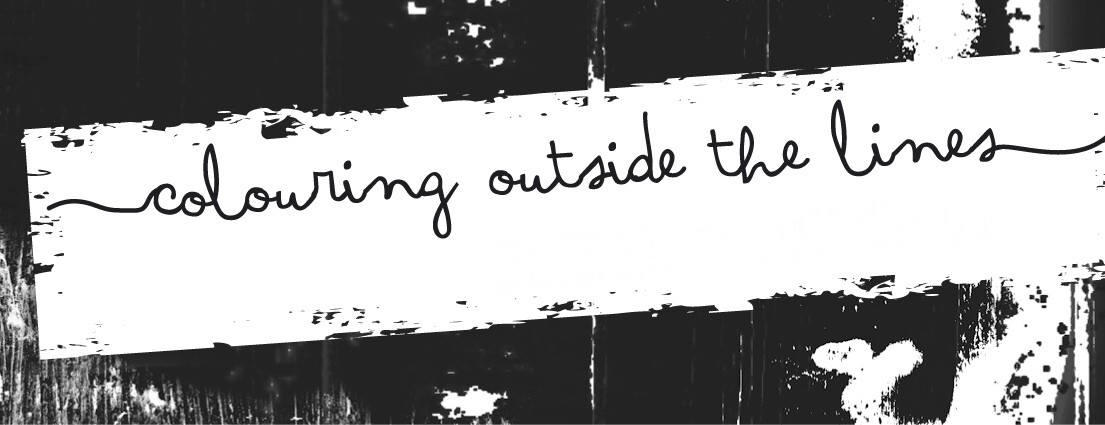





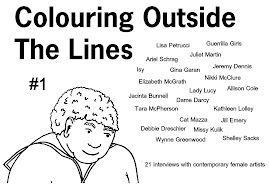
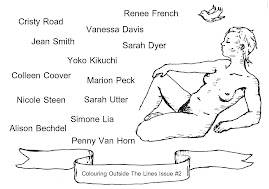

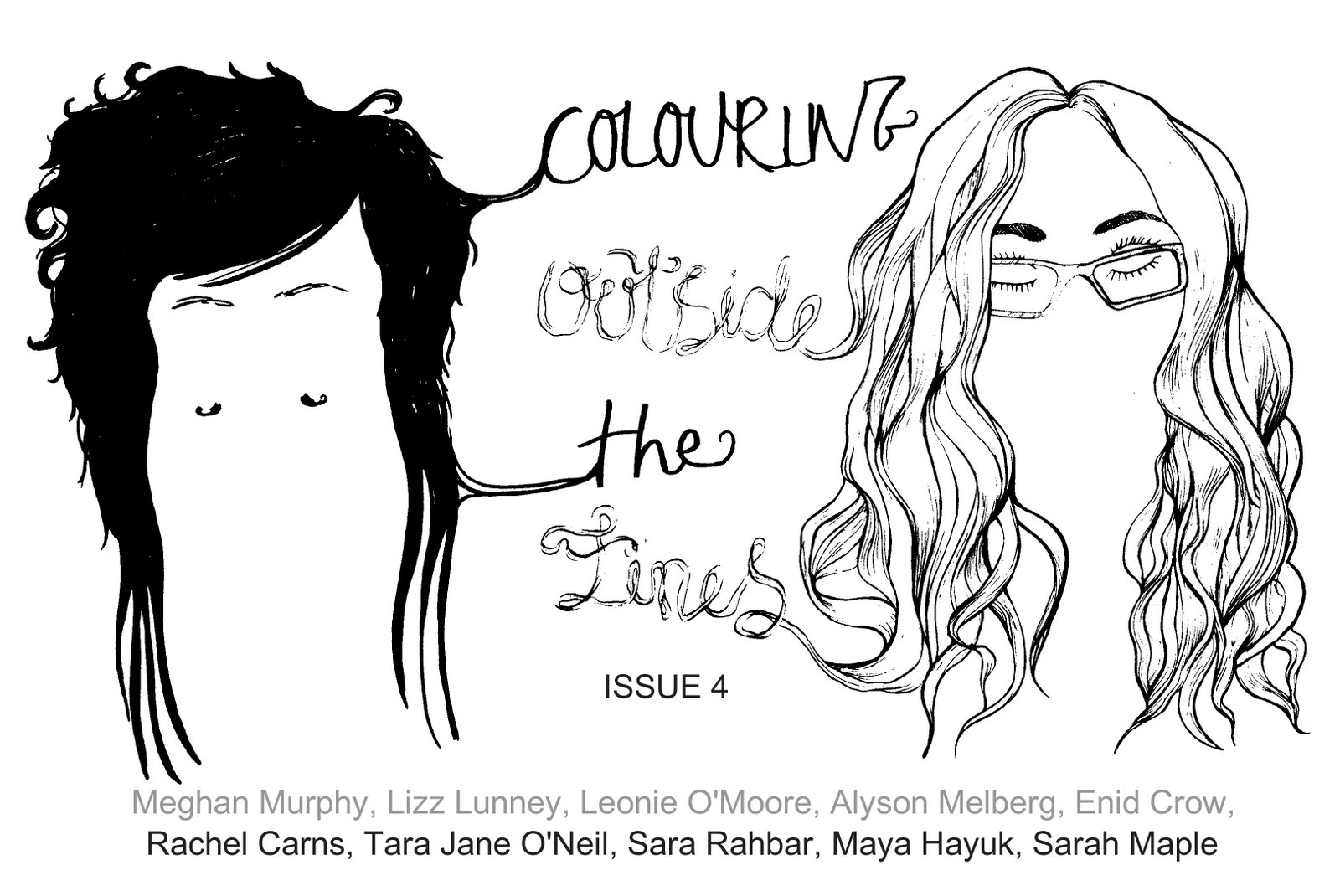

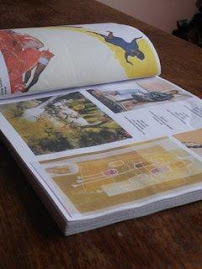



No comments:
Post a Comment